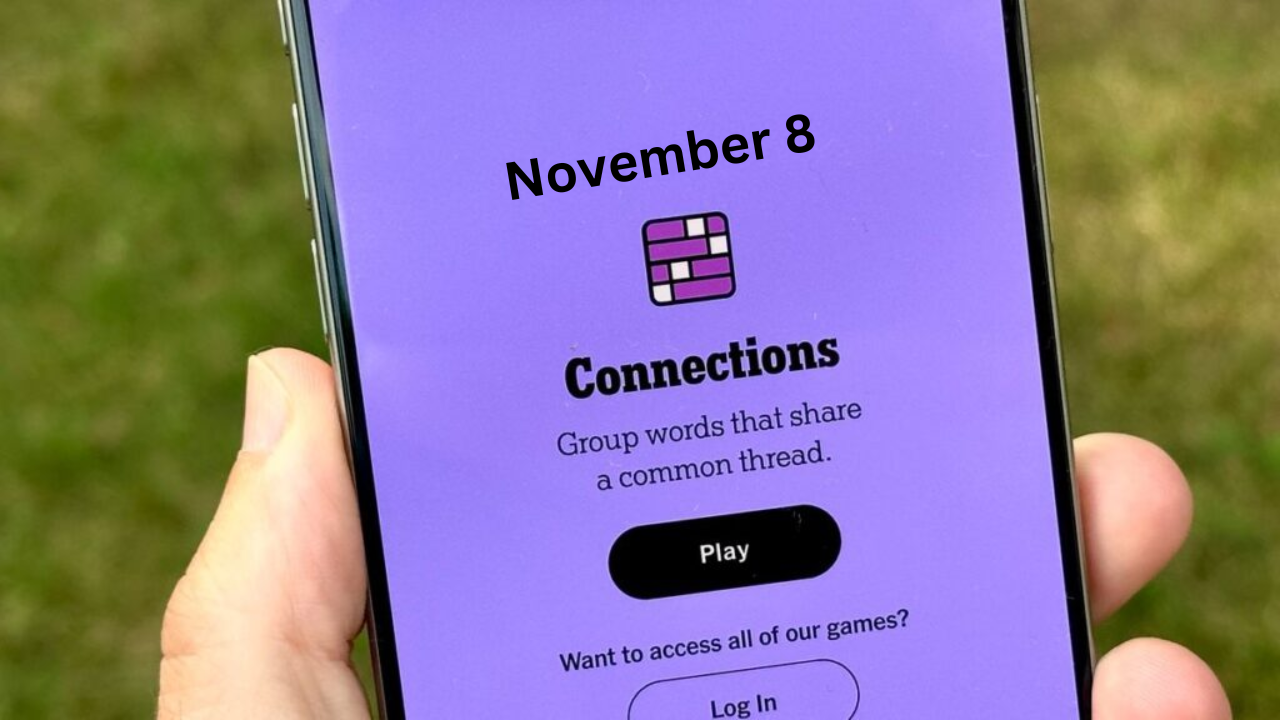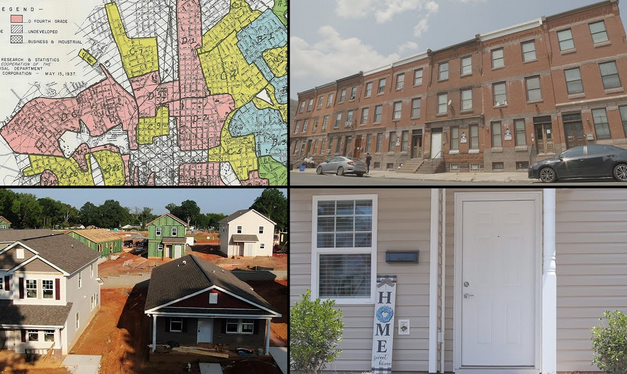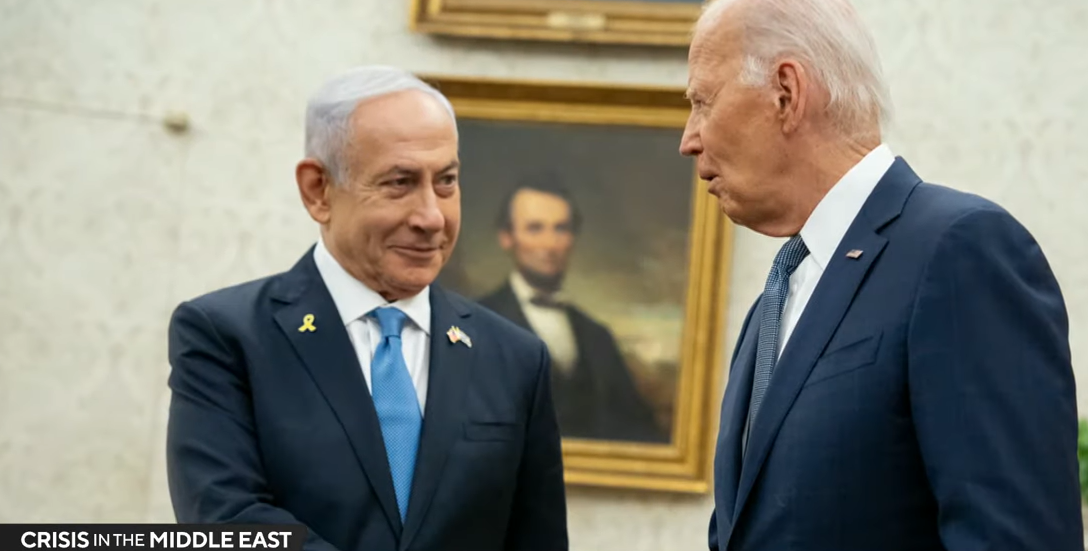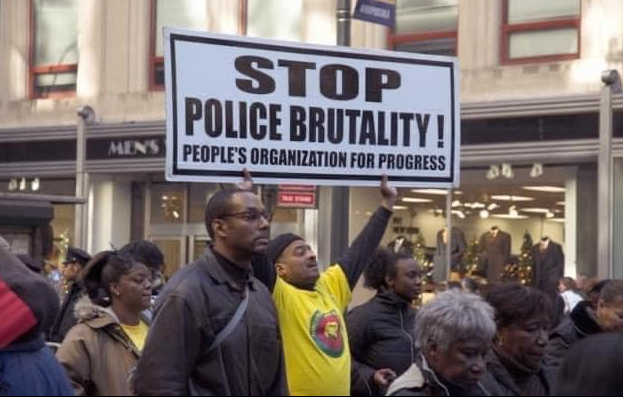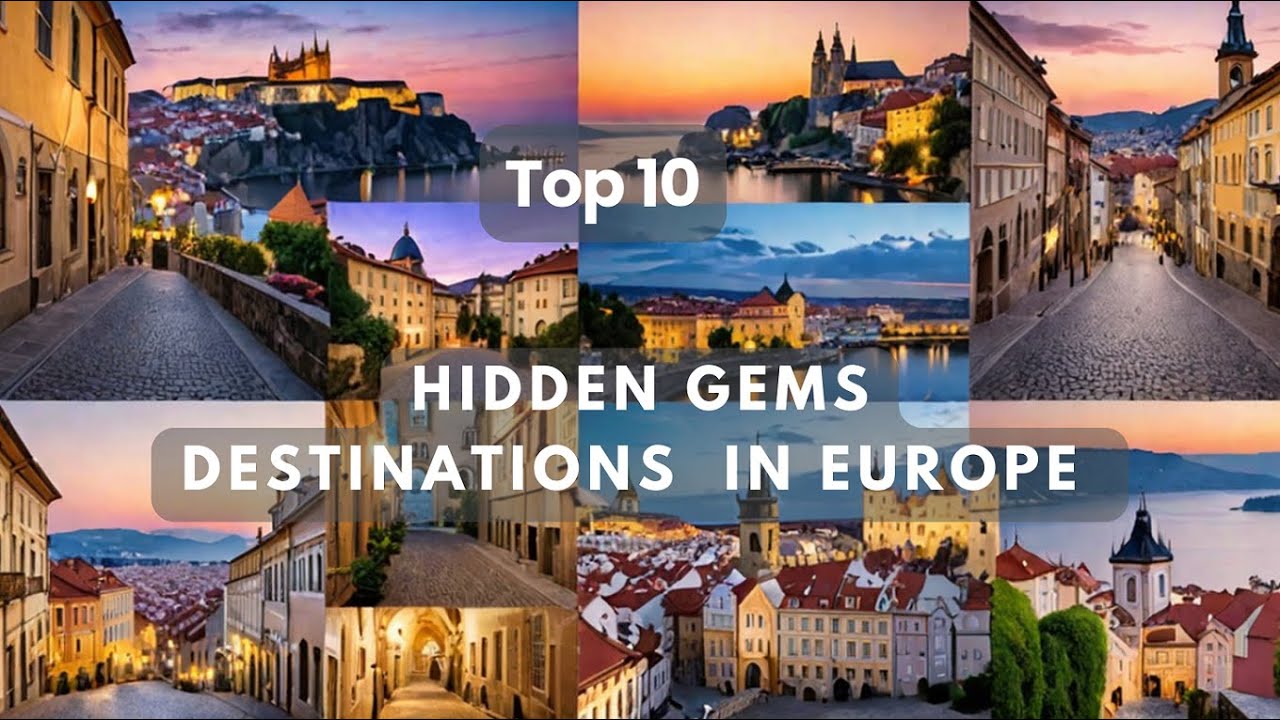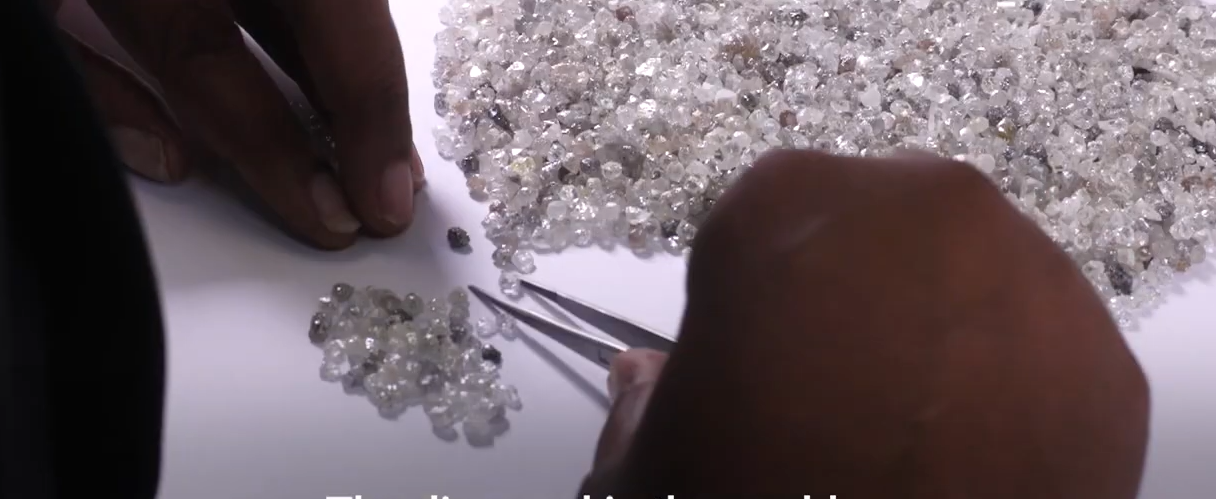After looking at the pictures that continue to stream in from eastern Africa, I’m struck by the fact that none of this seems new.
For someone who lives in a culture that is obsessed with body image and the related activities that is required to maintain a healthy size and weight, I find it fascinating that walking has had such little play time in the various media with regard to obesity and now, famine.
Where I live, walking is an activity for those of us who can’t run. So we clip a pedometer onto our belts and waist bands and hope to get 10,000 steps a day to burn off the calories that we couldn’t otherwise, because we’ve got bad knees and bad hearts, don’t have the facilities for a shower at our workplace and prefer not to arrive at work all sweaty and disheveled after a run.
So we walk. Sometimes, especially during the weekends, we discover the amazing trails that have vistas and views if we get out into the forests and parks that are bountiful in our backyard.
The intoxication of cities laid out far into the horizon alongside the sea and the mountains are stuff of postcards and worth every drop of sweat on arrival at the top of Grouse Mountain. It’s easy to swear that no one will ever deceive you as to the beauty of this great nation.
Walking, where I live, allows for time to think, time to dream, to watch the dragon boat exercises and the leisure boats share the waterfront under the bridge. Walking burns calories without that much effort and affords the walker all gain without much pain. Walking rocks, until you can’t; or until you must walk past the horizon or continue to bury your children in the sand.
After looking at the pictures that continue to stream in from eastern Africa, I’m struck by the fact that none of this seems new. It feels as if someone is replaying the same footage from the time I was a teenager living in Uganda and reading about the hunger in Ethiopia.
The faces are the same – mostly thin-faced, silent, Black African women, emaciated and miserable; the reporters are generally healthy looking white women and sometimes men, earnest in their explanations and close-ups of naked babies hanging from weighing scales that resemble the ones that we ignore at the vegetable section of the supermarket.
The Ethiopian women of the famine of the eighties wore the same colourful cloths, swaddling their bodies loosely and sometimes their faces as well.
I don’t recall ever hearing an interview with any of the victims whose pictures have come to represent that time. I still haven’t heard a whole direct account, or even the sound of any of the Somali famine victims, not even through a translator – only snippets; one sentence, sometimes two.
Is it possible that the lens will not allow for their voices to be heard much longer than that – that they can, or should only be seen?
It seems that this famine, as it was in the eighties, can only be transmitted through the voice and the lens of the reporters, not the people whose lives are the most affected by this devastation. Their stories, like the imposed limitations on their lives, are sieved through the western media and claimed by foreigners, all vying for the most heart wrenching report in order to garner as much attention – and in the end as much money as possible, from the people who live across the ocean.
I wonder what has changed since I was a girl in the eighties, cramming the lyrics to Michael Jackson’s We Are the World. In those days, we were the world.
We sang along with Michael Jackson, naive, but still hoping all the while, that singing that song at the top of our lungs, and swaying with our arms around each other, was sufficient. We hoped that at some point, the hunger would end, and life would go back to normal. But that story eventually faded from the headlines and we assumed that the awareness campaigns by the Western superstars were successful.
Before my time, it was the Biafran war in eastern Nigeria that first emerged in western consciousness, through the efforts of the superstars of that time. The famine and suffering from that war faded from the headlines, and with that – until Chimamanda Adichie’s Half of Yellow Sun – from contemporary knowledge as well.
Same with the famine from the eighties that was my introduction to the suffering of people abroad – and the potential of others to rise to the occasion.
After the headlines receded, we forgot and stopped thinking about what could have given rise to that situation and how we could avoid it all together.
As a grown woman, I read accounts of funds meant for famine victims being swindled and note with some dismay, though not shock, about just how much of the funds that were raised for catastrophes – like the 2010 earthquake in Haiti – still remain in the West, waiting, waiting for who knows what.
The images of the people who need that money languish in front of TV cameras, pleading, through the voices of healthy-looking, earnest white reporters, that more and more of our money is needed over there in perpetuity.
The pictures of the children beam from those places in the world where governments watch while people starve, and flies land unrelentingly on the tear streaked faces and dried snot of the toddlers who are poster faces of large corporations and staple television viewing on Saturday morning.
There was no need for this famine, if it only existed to replenish pictures of Africans starving to death. We’ve seen this before.
Today, along with the endless tweets from over there, sending links with pictures and more accounts of the sheer size of the word’s biggest catastrophe that promises to be five-fold by Christmas, I’m inundated, but I keep searching for a first-hand account of the people who’re starving.
There’s a second-hand account of a woman who had to choose between leaving her three year-old child to die in the desert on the way to Dadaab, or risking all their lives if she had to carry that child, along with another – as time without food and water lessened their possibilities of arriving at the camp alive.
So this Sophie chose to leave her older child to die. This, through the reporter’s textual account, is mind-bending in its brutality, but I expect that hers is not the only one.
There has to be more than the endless pictures of African women and their shorn-headed children waiting for hand-outs as the UN convenes for an emergency meeting to see what can be done about this situation.
There has to be voices from over there as well.
I can’t hear them, and I’m blind to what I see, because they look the same as all the others have. And this is how I can sift through all those pictures, waiting for the telling that’s different, for a voice I haven’t heard before – one from over there.
I need to hear that story. It’s no longer enough to see through foreign lens, especially if that lens can only depict the same story, like a scratched DVD – skipping at the same spot, stopping any kind of advancement.
Finally, a picture from all the tweeted links catches my attention. It’s not like anything I’ve ever seen before.
This is a picture of mounds of earth, pocking the landscape, with an older African child, perhaps pre-teen, standing in the foreground of the fresh graves.
I’ve seen pictures of fallen soldiers in neat lines with white tombstones and the occasional bouquet of flowers withering in the sun. I’ve visited cemeteries with neatly manicured grass and tree branches hanging humbly, in supplication for the dead.
I’ve been to cemeteries, like the one my father lies in, with cracked tombstones and marble engravings reflecting the need for the dead to remain encased in stone until we meet again.
I’ve even encountered pictures of bodies of women, men and children, strewn about the forest – some of them hacked like cow carcasses at the butcher’s shop with claims that those were the rebel dead – they had to be, as some media claimed.
But this picture is different. Without context, it looks like the efforts of a farmer. It looks like over-sized potato heaps. The caption alludes to the numbers that must be buried every day, as more and more people succumb to death from lack of food and water.
This comes at the heels of the reportage of yet another woman who gives birth on the way to the camp and arrives with a newborn baby at her bosom, who’s been suckling at the marrow of its mother. It speaks to the speed and circularity of life and death; of life emerging in the middle of others, extinguished in minute-by-minute plays.
And here, we imagine that people should be born, live out their full lives and die in old age – we take this for granted – we think it is a right, so we gnash our teeth when people we know die before their time; but not here in Dadaab and not during this famine. These faces without voices will not betray the utter destruction of people who’ve lost their families on the way to Dadaab.
The pictures remain the same – blue, black and brown head-cloths with flowery patterned dresses flowing in the breeze; crowds of miserable dark-skinned people; sacks of grain, flour, sugar, and powdered-milk stamped with logos of the UN, FAO or USAID being off-loaded from trucks by muscled, un-shirted young, African men.
The reporters, as usual, stick to their light-coloured clothing, having been advised, I imagine, to wear cotton and linen and sunscreen and hats in cream and white.
I want to hear a voice from over there. I want to hear from someone who survived the famine of the eighties, if nothing, to convince me that this is not a re-play of that time, because Michael Jackson’s dead and Live Aid has no new story to tell.
I want to know that it is possible that it wasn’t only I expecting that after all the years of non-government in Somalia, and the propping of a government whose power is limited to the downtown capital and the airport, this was bound to happen.
I want to know that our governments, not just the limited one in Mogadishu, are responsible for the maintenance of a country at the bottom of the failed states index, year after year, and hasn’t done anything about it except patrol the coast of East Africa against the pirates of the Indian Ocean.
I want to know about the walking that these people did in their own voices. I want to listen to stories of their journeys from town to town, through the borders as well as inside the borders of Kenya and Uganda.
I want to hear from them, what it means to starve to death while others die of obesity and of gorging on low-quality over processed food and have no capacity or capability to walk.
I want to know, if they know, that wheat must be thrown in the ocean every year, to maintain the price of food on the world market, while they walk from town to town, from village to village, across borders, discarding unburied children and other relatives to have their silent pictures taken before they can be taken care of.
I want to know that when we walk in solidarity, carry banners, sign petitions, wear t-shirts emblazoned with empowering slogans and raise money, we are in fact in solidarity with the men and women who are walking to Dadaab and not raising money to sit and earn interest in New York.
I want to understand why, in countries like Uganda, people can starve to death while the president buys a new jet plane at the cost of $48 million, for his security and comfort.
At the end of the day, what does it mean to walk? What does it mean to walk every day, all day, in search of food and water in your own country?
What does it mean to leave a child to die so that another can live – does that make this woman a murderer or a saviour?
Does it make her crazy, or does it mean that she lives in a crazy world where that situation continues to happen while we read about it as links on our tweets and hope to walk 10,000 steps a day to trim our waistlines?
Juliane Okot Bitek, an Acholi woman from Uganda, lives and writes from Vancouver, Canada.
“Speaking Truth To Empower.”



